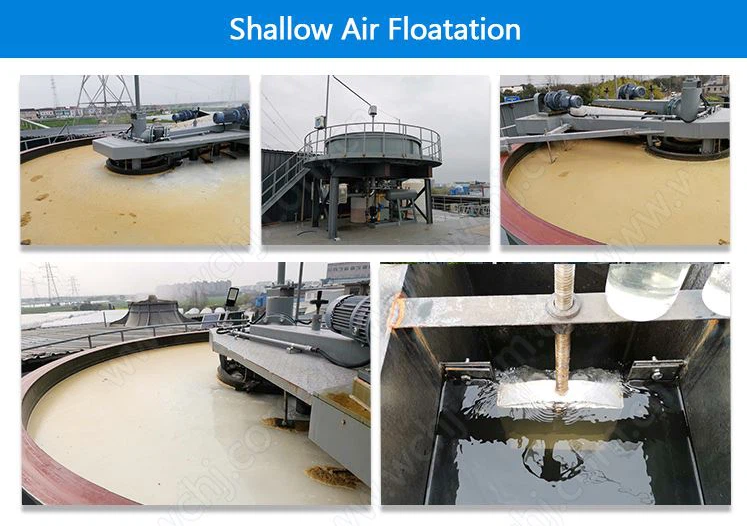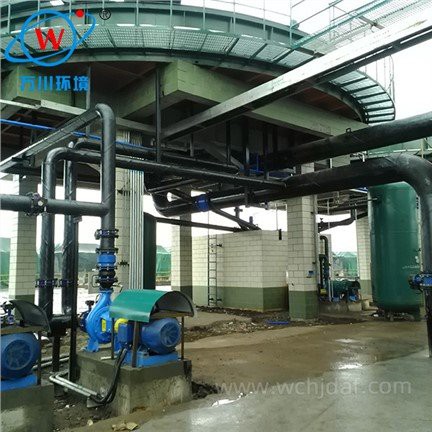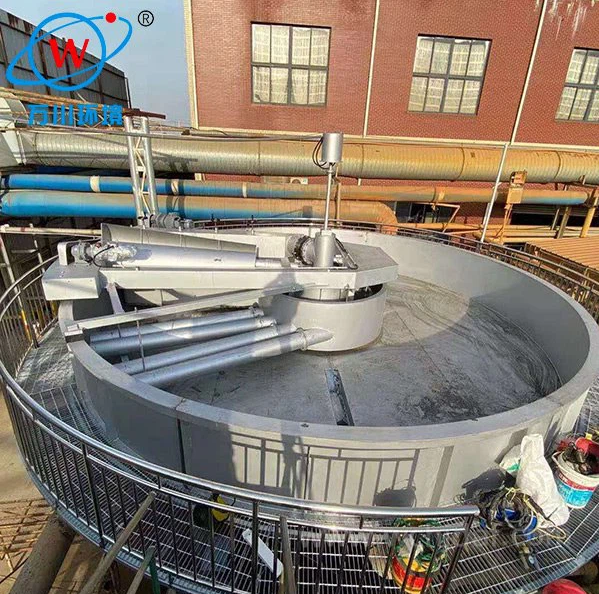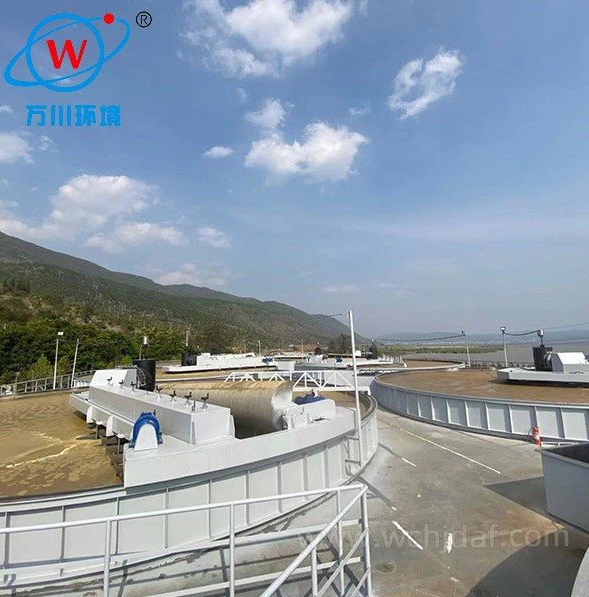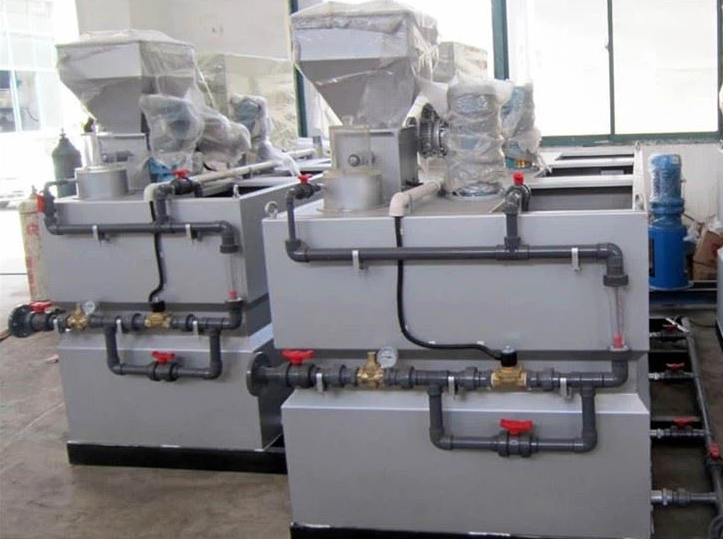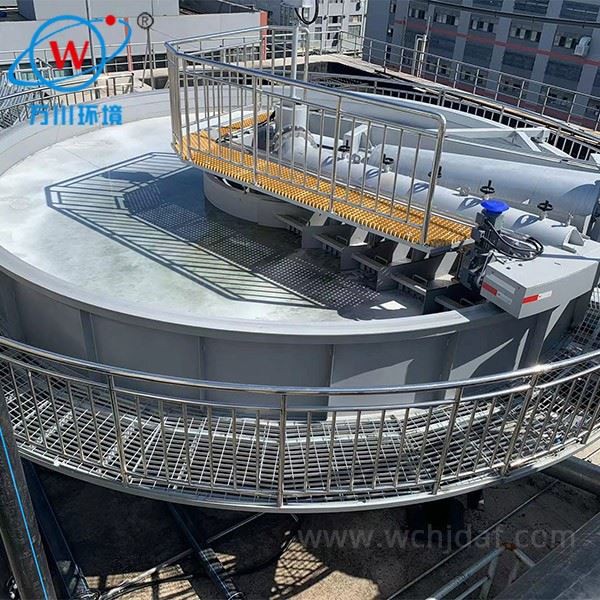To evaluate the effect of High - Speed Shallow Flotation, several aspects need to be considered.
Flotation Efficiency
- Measure the removal rate of target substances. For example, if it is used in wastewater treatment, calculate the percentage reduction of suspended solids, oil droplets, or other pollutants in the water before and after flotation. A higher removal rate indicates better flotation efficiency.
- Examine the grade of the floated product. In mineral processing, the concentration of valuable minerals in the floated concentrate is an important indicator. The higher the grade, the more effectively the valuable minerals are separated from the gangue.
Particle Separation
- Use microscopy or particle size analysis equipment to observe and analyze the size distribution of the separated particles. The smaller the particle size that can be effectively separated, the better the performance of the high - speed shallow flotation equipment.
- Check the clarity of the separated liquid. A clear supernatant liquid indicates that the flotation process has effectively removed the solid particles or impurities, resulting in a better separation effect.
Operational Parameters
- Monitor the gas - liquid ratio. An appropriate gas - liquid ratio is crucial for efficient flotation. If the gas - liquid ratio is too high or too low, it will affect the formation and stability of air bubbles, thereby affecting the flotation effect.
- Observe the flotation time. Shorter flotation times while maintaining high separation efficiency are preferred, as they can improve production capacity and reduce energy consumption.
Economic and Environmental Factors
- Evaluate the energy consumption and operating costs of the equipment. Lower energy consumption and operating costs mean better economic performance.
-
Consider the environmental impact. A good high - speed shallow flotation process should produce less sludge and waste, and meet relevant environmental protection standards.
